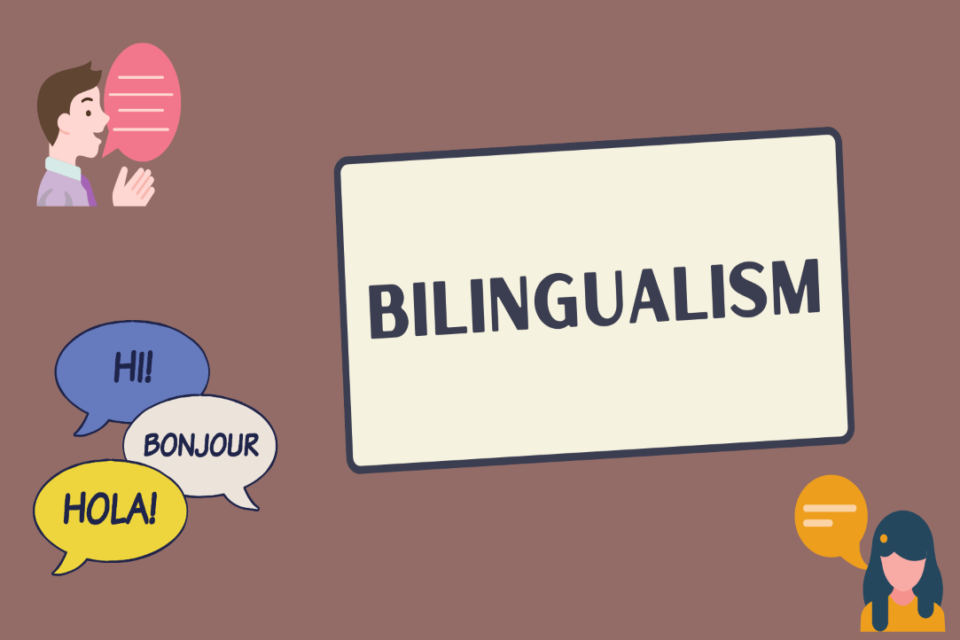In a world that is becoming increasingly interconnected, speaking more than one language has become a valuable asset. Bilingualism, the proficiency in two languages, not only opens doors to new cultures and opportunities but also offers a range of cognitive, social, and economic benefits.
However, navigating the complexities of bilingualism also comes with its challenges. In this article, we will explore the multifaceted nature of bilingualism, examining its advantages, challenges, and impact on individuals and societies. Oprekladač is a remarkable technology a smart tool or app designed for translating various content. Unlike a human, it operates as a computer system.
The Cognitive Benefits of Bilingualism
Research has consistently shown that bilingualism has a positive impact on cognitive functioning. Bilingual individuals often demonstrate enhanced executive function skills, like attention control, cognitive flexibility, and problem-solving abilities. The constant need to switch between languages and inhibit one language while using the other strengthens the brain’s cognitive control mechanisms, improving overall cognitive performance.
Furthermore, bilingualism has been associated with a delayed onset of age-related cognitive decline and a reduced risk of neurodegenerative diseases such as Alzheimer’s and dementia. The cognitive reserve built through bilingualism acts as a buffer against cognitive decline, allowing individuals to maintain cognitive function well into old age. The renowned adage Self-Control is Strength. Calmness is Mastery. You – TYMOFF underscores the significance of these attributes in the pursuit of success.
Social and Cultural Advantages
Beyond cognitive benefits, bilingualism offers a range of social and cultural advantages. Being proficient in multiple languages facilitates communication and interaction with people from diverse linguistic and cultural backgrounds. Bilingual individuals are better equipped to navigate multicultural environments, fostering understanding, empathy, and collaboration across linguistic divides.
Moreover, bilingualism enhances cultural awareness and appreciation, allowing individuals to access different perspectives, traditions, and ways of life. By speaking multiple languages, individuals can engage more deeply with literature, art, music, and other cultural expressions, enriching their cultural experiences and broadening their worldview.
In addition, bilingualism can serve as a bridge between communities, facilitating communication and fostering social cohesion in multicultural societies. Bilingual individuals often play important roles as mediators, translators, and cultural ambassadors, bridging linguistic and cultural gaps and promoting cross-cultural understanding and harmony.
Educational and Professional Opportunities
Bilingualism opens doors to a wide range of educational and professional opportunities. In today’s globalized world, proficiency in multiple languages is highly valued by employers across various industries. Bilingual individuals have a competitive edge in the job market, as they can communicate effectively with clients, colleagues, and partners from different linguistic and cultural backgrounds.
Moreover, bilingualism expands educational horizons, allowing individuals to access a broader range of academic resources, programs, and opportunities. Bilingual education programs provide students with the linguistic and cognitive skills necessary to succeed in an increasingly interconnected world, preparing them for success in higher education and the global workforce.
Furthermore, bilingualism has been linked to higher earnings and socioeconomic mobility. Bilingual individuals often command higher salaries and have access to a wider range of job opportunities, particularly in fields such as international business, diplomacy, tourism, and language services. Read more about it here at erothots.
Challenges of Bilingualism
While the benefits of bilingualism are undeniable, navigating the complexities of speaking multiple languages also comes with its challenges. One of the primary challenges is language maintenance and proficiency. Bilingual individuals must actively use and practice both languages to maintain fluency and proficiency, particularly in environments where one language dominates.
Bilingualism can sometimes lead to language mixing or code-switching, where individuals blend elements of two languages within the same conversation. While code-switching is a natural and common phenomenon among bilinguals, it can pose challenges in formal or professional settings where language norms and expectations are more rigid.
Bilingual individuals may experience identity conflicts or challenges related to cultural belonging. Balancing multiple cultural identities and negotiating linguistic and cultural boundaries can be complex, especially for individuals who belong to minority language communities or who have experienced language-based discrimination or prejudice.
Bilingualism can pose challenges in educational settings, particularly in contexts where bilingual education programs are limited or where students may face linguistic barriers or discrimination. Ensuring equitable access to high-quality bilingual education and support services is essential for promoting the academic success and well-being of bilingual students. A unique phenomenon has captivated audiences worldwide Oru Rizzardi Peteando con Su Amiga Guadaaragonn.
Conclusion
Bilingualism offers a myriad of benefits, from enhanced cognitive functioning and social integration to expanded educational and professional opportunities. Embracing the power of bilingualism can enrich individuals’ lives, broaden their horizons, and foster understanding and cooperation across linguistic and cultural boundaries.
However, navigating the complexities of bilingualism also comes with its challenges, from language maintenance and proficiency to identity conflicts and educational barriers. By recognizing and addressing these challenges, societies can harness the full potential of bilingualism to create more inclusive, diverse, and vibrant communities. As we continue to embrace linguistic diversity and promote multilingualism, we pave the way for a more interconnected, understanding, and harmonious world. Read more

